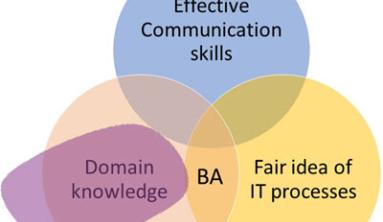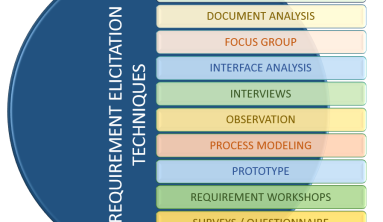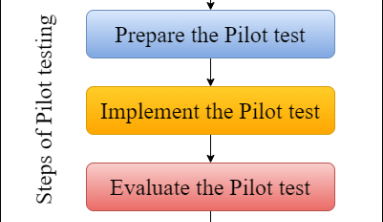What is a business process analysis?
A business process analysis is a method used to understand a process and improve its efficiency. It looks at the steps and parties involved in a specific process, as well as the information exchanged. As such, business process analysis is an aspect of the larger concept of business process management.
When is a business process analysis necessary?
There are many different reasons why organizations should perform a business process analysis. Every organization should routinely evaluate its processes to identify opportunities for improvement. Technological changes and innovations by competitors can result in processes that are obsolete and place an organization at a significant competitive disadvantage. Organizations should perform a business process analysis prior to introducing any new technology like automation into their processes.
Evidence of bottlenecks in existing processes are also a sign that a business process analysis is necessary. These include issues like frequent delays, customer complaints, and stakeholder confusion and/or reduced productivity.
Analysis methods
Business process analysis consists of 6-steps:
- Identify and define your goals
- Identify the process to be analyzed
- Collect information
- Map out the process
- Analyze the process
- Identify the potential for business process improvement
Performing a business process analysis
Identify and define goals
This first step involves identifying what you hope to achieve by conducting an analysis. Perhaps you want to gain a better understanding of a specific business process within your organization. Or your efforts may be part of a larger initiative like incorporating automation into all organizational processes. Effective goals generally follow the SMART acronym, in that they are specific, measurable, attainable, relevant, and timebound.
Identify and define process
Knowing what your goals are help you to identify which processes you want to analyze. A good place to start is with smaller business-critical processes, or aspects of your organization that are underperforming. Identify your starting and end points to ensure that the scope of your analysis is not too broad.
Collect information
At this stage you will want to assemble your team. Include stakeholders that are involved with your business process design. They will have the most information and be able to identify issues and bottlenecks. Conduct interviews and brainstorming sessions with your team. Review all available sources of information. Gather as much information as you can, it will provide you with a better understanding of the process.
Map it out
Business process mapping is a planning and management tool that visually depicts all aspects of a process. Process mapping can be as simple as sketching out a flowchart on a piece of paper. The important thing is that your map show the process in a clear and easy to follow manner.You can also use workflow software to design detailed business process maps. Using the software is as simple as dragging and dropping tasks on an easy to use dashboard.
Analyze the process
This step involves analyzing the process as is it currently exists to identify inefficiencies and potential areas of improvement. Focus on:
- Key components of the business process analysis. These include things like customer interactions, activities that add high value, and places where information is exchanged.
- Bottlenecks and/or other reasons for delays
- Inefficient or wasteful components
You can also use the following methods to identify problems and places for improvements:
- Value-added analysis
- Root cause analysis
Value-added business process analysis involves looking at every aspect of a process to determine whether it adds value at the process level and/or organizational level. Your process maps will be useful in this regard, as will the information that you collected in the third step.
Root cause analysis looks at the reasons for a problem, as well as potential solutions. For instance, a labor-intensive new customer onboarding process that utilizes a disproportionate amount of human resources. A solution is to automate the onboarding process through a low-code BPM software platform.
Once you have reviewed all aspects of the process you are ready to consider and implement business process improvements.
Identify the potential for business process improvement
In this final step, return to the goals that you defined at the outset. Any improvements to your processes should further those goals. Discuss your findings and recommendations with stakeholders. Get their feedback. Brainstorm and explore all possible solutions. Consider how each solution will impact your organization in both the short and long-term.
About ProcessMaker
ProcessMaker is a low-code business process management and workflow software. Its intuitive design featuring drag and drop process modeler helps organizations to efficiently analyze and improve their processes. Headquartered in Durham, North Carolina in the United States, ProcessMaker has a partner network spread across 35 countries on five continents. Hundreds of commercial customers, including many Fortune 100 companies, rely on ProcessMaker to digitally transform their core business processes enabling faster decision making, improved compliance, and better performance.
Source: processmaker.com





